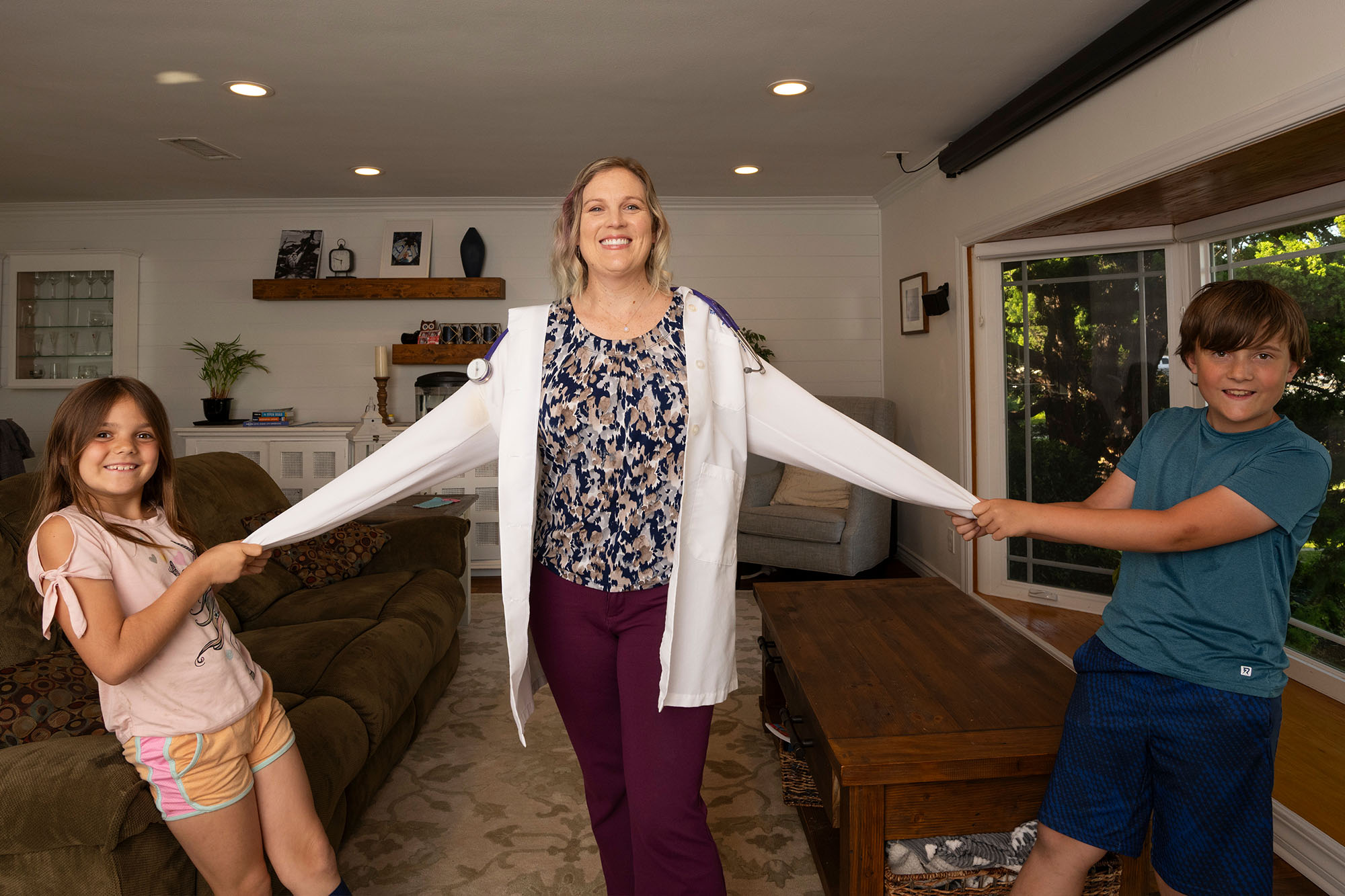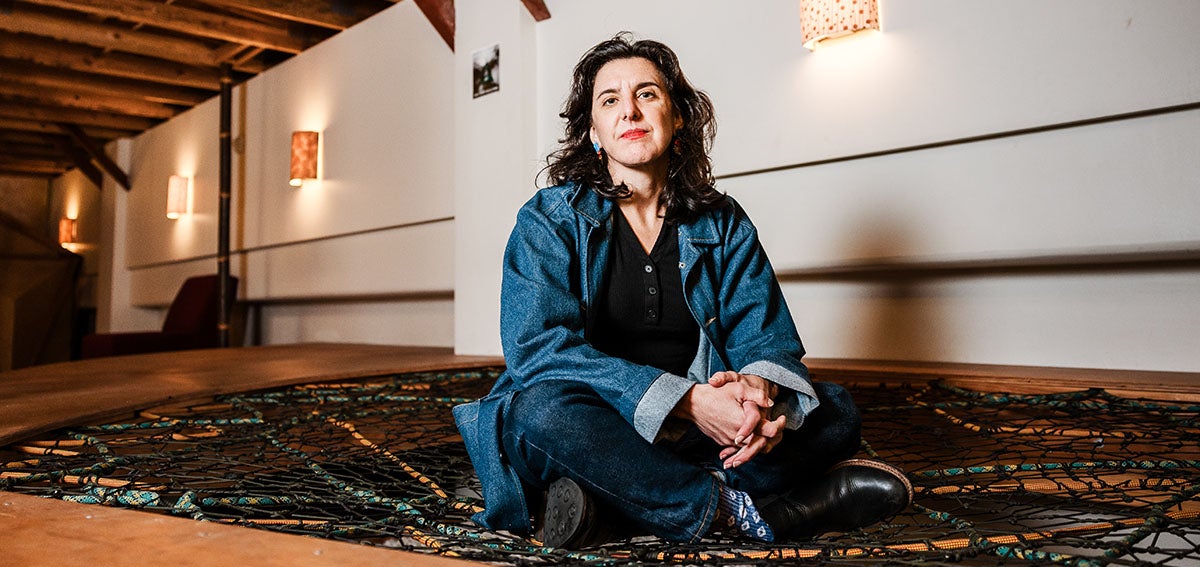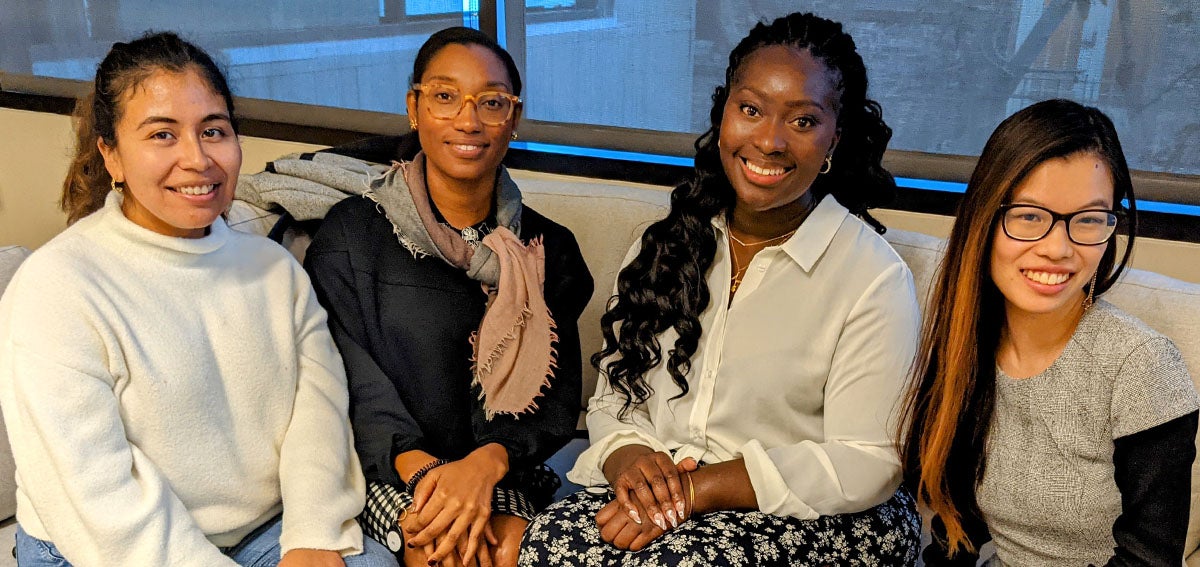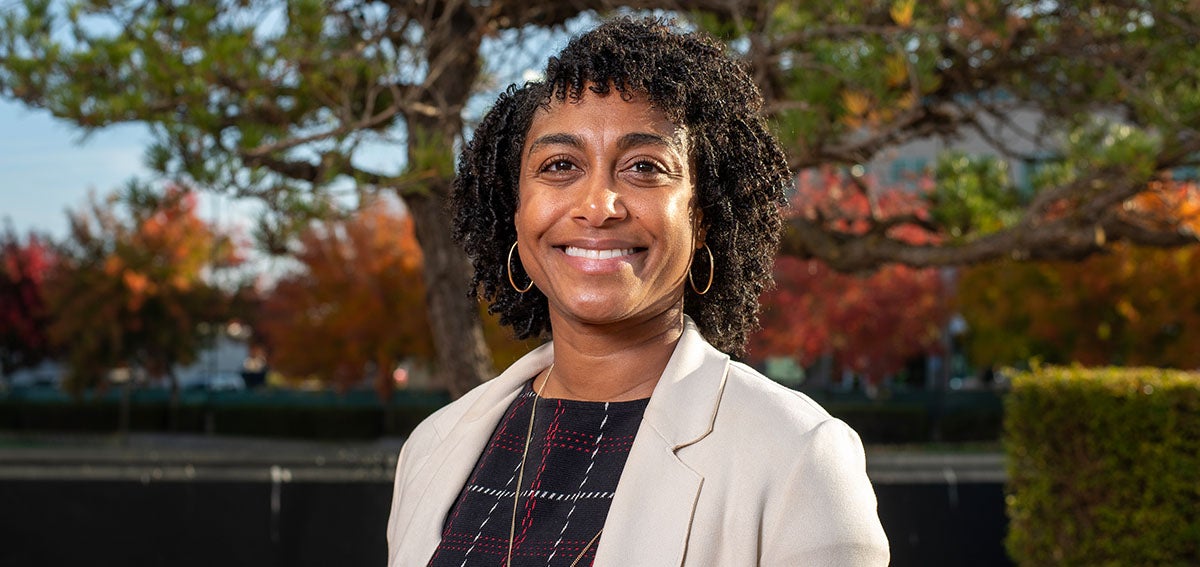|
Getting your Trinity Audio player ready…
|

Irving Washington’s journalism career has always been a bit unusual. Rather than report for a traditional newsroom, he has worked for professional advocacy organizations like the Online News Association — a nonprofit focused on digital journalism — and the National Association of Black Journalists. In those positions, Washington witnessed from a bird’s-eye view dramatic changes to how media is distributed and consumed. The biggest threat to the field and to the general public, he says, is the sharp rise of misinformation.

Now, Washington has turned his gaze to the spread of health misinformation. He heads up a special division called the Health Misinformation and Trust Initiative at KFF, the nonprofit organization that oversees KFF Health News and California Healthline. Its aim is to combat falsehoods by identifying health disinformation and misinformation as they emerge, tracking the spread of false narratives, and developing solutions that elevate critical health information and improve trust in communities.
In June 2024, Washington’s team launched the Health Misinformation Monitor, a biweekly service that spotlights health misinformation in all its forms. The Monitor explains and debunks common and dangerous misinformation tropes, like back-to-school antivaccine campaigns and false claims about the dangers of sunscreen. It also dives into newer misinformation trends that may be less well understood by the general public. Recent features have explored health influencers spreading misinformation on TikTok; lawsuits against groups that make false claims about “reversing” the effects of the abortion pill; and new artificial intelligence (AI) tools, including one that can predict how health misinformation affects public health.
I interviewed Washington recently to learn about his efforts and to glean insights into promising solutions to the many problems caused by misinformation. While he says health misinformation will not go away anytime soon, he expressed hope about the progress that could result from going after it. A cohesive society’s most valuable tool, Washington said, is trust.
Q: What made KFF want to focus on health misinformation? Was there a watershed moment?
A: It was a combination of many things. For one, KFF has been doing health misinformation work for quite some time through polling and through our journalism. But I also think all information-based organizations are now dealing with this issue. It’s no longer enough just to produce quality information. In this environment, it’s also important to create something that helps combat misinformation. We’re no exception to that.
Q: What are the goals of the Heath Misinformation Monitor? What can readers expect to find when they visit the site?
A: This program is designed to help people understand what’s spreading the narratives around health misinformation. Sometimes there’s a lot going on, and at other times, it’s kind of quiet. But false narratives are always getting reused over and over again.
With the Monitor, we’re trying to delineate what these misinformation narratives are, how people are using them, and how they are being shared. We’re looking into both long-term misinformation narratives, like those that deter people from getting vaccines or that make false claims about fetal development to advocate against abortion, as well as ones happening right now, such as the spread of counterfeit weight-loss drugs that seem to be like Ozempic.
We are trying to have the Monitor be relatively timely and in tune with what’s happening, which is why it’s published every two weeks.
Q: What audience are you trying to reach with the Monitor?
A: A lot of people care about this issue — particularly those working in health care — but there’s a lot to keep up with. We see ourselves as helping solve the larger misinformation crisis by carving out the health component and focusing on it.
Some believe there is a one-size-fits-all solution, and that if we can just figure out the solution, the problem goes away. But misinformation will be with us for the foreseeable future. We need to empower individuals to debunk claims and identify reliable sources on their own.
Q: Why is misinformation so much more dangerous right now?
A: We’ve never lived in an environment without misinformation. Whether it was the tabloids or the rumor that’s been passed down in your family, misinformation has always been there. What changed is the wider distribution, which means people have larger audiences with which to share it. That means potentially dangerous misinformation about health is reaching more people at a faster rate than ever — with real-world implications.
Q: What risk does misinformation pose to communities? How can health misinformation cause harm?
A: Our polling suggests that most people fall into what we call the “malleable middle.” Fighters against misinformation often focus on the more extreme ends of audiences — the people who believe all the misinformation. But we found most people are really just not sure about the information they are seeing. When we ask whether they think a piece of misinformation is accurate, they answer that it could “probably” be true or “probably” be false. The real threat is their confusion.
That leads to real-world things like vaccine hesitancy. By creating uncertainty, misinformation can cause decision paralysis. And then, when you’re faced with a decision about your health, you may choose not to decide, and not doing something is itself a decision. Confusion leads to delayed care. People delay seeking medical advice. They don’t go to a trusted source like their health care provider to clarify what they’ve seen or read.
Q: How does your team decide what health misinformation to focus on?
A: The overarching question at KFF always is: How can we help the public understand complicated health topics? We help the public understand the contexts of current debates. With the Monitor, we try to look for the pervasiveness and the impact of particular claims or content — things that are happening in policy debates, and things that can help fill health information gaps. Then we focus on where misinformation is most widespread.
The sad thing is that the people most affected already face barriers to accessing health care. Our survey looked at Black adults, Hispanic adults, and rural residents, and a number of factors impacted the susceptibility of those groups — whether it was education level or socioeconomic background. Certain communities are just more targeted, because misinformation spreads more quickly because of the compounded effects of already having inequitable access. That makes health misinformation more effective.
Q: I imagine that the more complicated a topic is, the more likely that it could be twisted into misinformation.
A: That’s true. This brings us back to the population that is vulnerable to being confused. How do we speak to them? Really, that group presents opportunities for intervention. We’re trying to empower them by paying attention to this majority and determining what sources they’re believing. We see that as a central part of combating health misinformation.
Q: AI is top of mind in the health journalism world these days. How has it changed the way health information is presented in the media?
A: AI can create problems, and it can also be a tool. We did a survey last month that showed many people are using AI chatbots at least monthly for health information. Most people are unsure about the quality, accuracy, and reliability of the information they’re receiving. Nonetheless, these chatbots present opportunities for AI help with access to health care and health information. So how do we get AI to sort through the noise and pull from reliable sources?
Another consideration is that we all need training in AI literacy. The Monitor highlighted how a staffer took several misinformation claims, and over the course of eight months asked three of the main language learning models if those claims were true or false. The responses changed over the eight-month period. Sometimes, they went from citing specific sources or institutions to not mentioning them at all. In other cases, a response may have started as “false” and moved to “it’s complicated.” How would a regular person know to look out for changes like that? And how might their AI illiteracy impact their health?
Q: We’ve talked a lot about the disease of misinformation. What are the therapies?
A: Trusted messengers play a huge role in combating health misinformation. When individuals or organizations that communities trust start elevating factual information about health, people put less faith in misinformation and are more open to listening to new ideas that correct their false assumptions.
Our polls have shown that individuals’ primary care providers are trusted messengers. But remember, that’s only for people who have access to a primary care doctor.
Local news is also a relatively trusted source. Several powerful forces have been extremely challenging to the news media, from changing business models to shifts in how the public views journalism. Now misinformation is being added on top of that. For people who view local news on television, that remains a trusted source of health information. That presents opportunities.
Q: So trust and misinformation are two sides of the same coin. And trust in providers, in therapies, and in health information is critical to maintaining a strong and equitable health ecosystem. How can we invest in these trusted messengers and lift them up?
A: First, there’s an individual level where anyone can be a trusted health messenger to your own community. That’s huge. I don’t know how many people view themselves as a trusted messenger, but there are opportunities for people who are sourcing correct information to share it with others.
Because local media were proven to be trusted, we’re also hoping to mobilize and help newsrooms in their coverage of health topics.
There is also a growing conversation around how to flood the information environment with quality information. Just think about how quickly misinformation spreads and how frequently it’s put out. How can we keep up with the barrage of health misinformation as an organization or institution? The answer may be simply getting more information out there — having reliable news and health organizations put more content onto their website or social media. That way, it’s easy for people coming across these different claims about their health to find the truth, or at least to find something that makes them question a false claim.
It’s important to remember that we didn’t get here overnight. The solutions won’t happen overnight, either.
Q: How is the Health Misinformation Monitor driving those solutions?
A: People care about this issue, but few have time to give it singular focus. So having a resource that directly focuses on health misinformation is very valuable. It is a way to keep up with what’s happening without having to look far and wide to verify sources.
Initially, our focus weighed heavily on negative effects of misinformation, like the false narratives that spread, and the people who believe them. Now, the conversation has shifted more to understanding the power of trust. We’re interested in learning how we can build trust in a number of avenues, so important health information reaches the people who need it most.
We worried there might be fatigue around this topic, because we’ve been talking about it for a while without making much progress. The feedback we’ve received shows that isn’t the case. There is always a desire to learn more.
Authors & Contributors
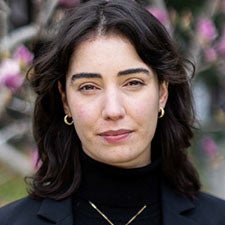
Robin Buller
Robin Buller is an Oakland-based writer, researcher, and editor. She has reported on harm reduction, maternal health, migration, housing, and policing for The Guardian, The Oaklandside, and other publications.
Originally from Canada, she holds a doctorate in history from UNC Chapel Hill and has lived in California since 2018.

Pete Kiehart
Pete Kiehart is an American freelance visual journalist and artist who lives in Washington, DC. Since 2015, he has devoted much of his time to covering the ongoing conflict in Ukraine, including in 2015-16 when he lived in Kyiv. He was subsequently based in Paris, and he continues to work extensively throughout Europe. Before switching to freelancing full time, he was a staff visuals editor and photographer for the San Francisco Chronicle.
In addition to working regularly as a photojournalist and portrait photographer with dozens of clients, Kiehart has experience with videography, video production, writing, and designing. He has also found work as a bike mechanic and a lifeguard, in case you were wondering. Prior to the Chronicle, he worked at Reportage by Getty Images, CNN New York and ONCE Magazine.
He holds a bachelor’s degree in public policy studies from Duke University and has twice completed hostile environment and first aid training as a beneficiary of the Rory Peck Trust, most recently in August 2022. Before transferring to Duke, he spent two years studying at Ohio University’s School of Visual Communication.

